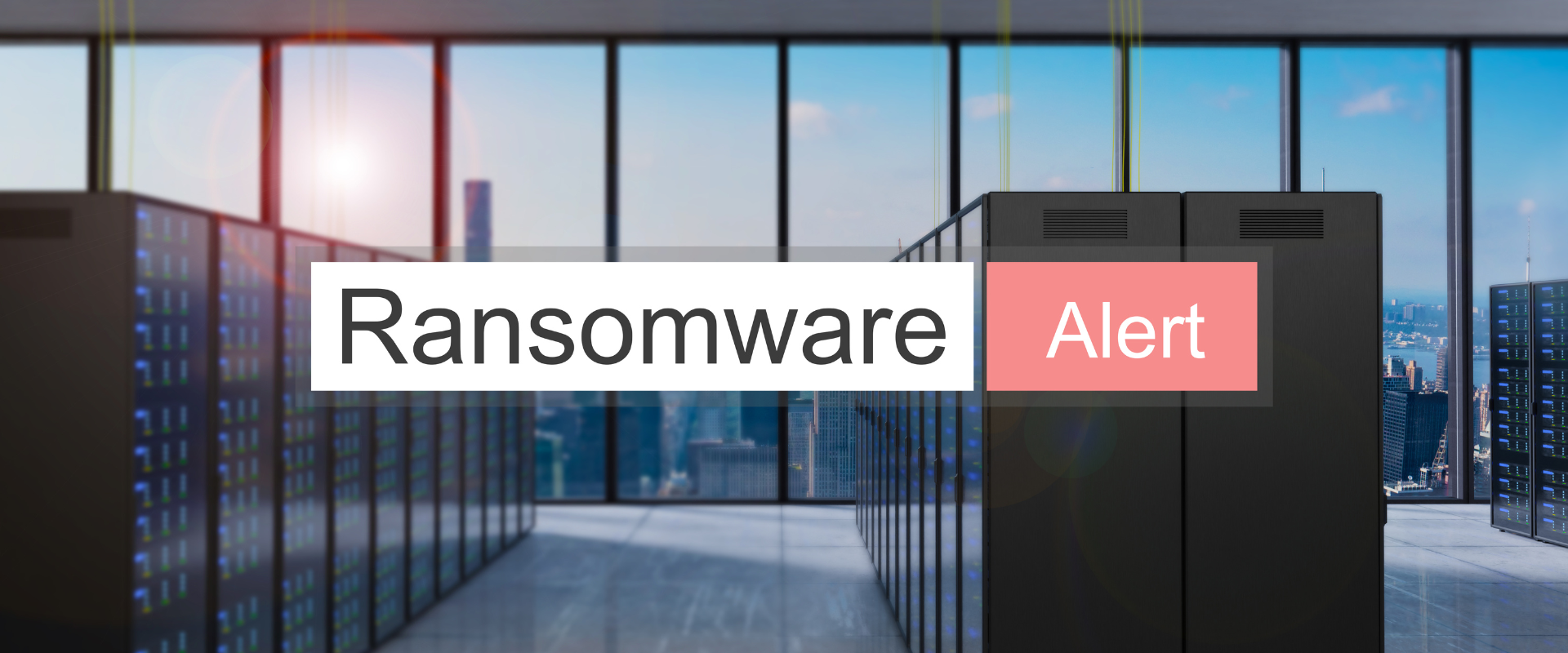
Deep Dive into NIS-2 – Week 5
By, Webmaster
- 14 Aug, 2024
- 1.0k Views
Implementing Security Measures
Welcome back to our weekly blog series dedicated to a detailed analysis of NIS-2, the European directive governing network and information systems security. In previous weeks, we’ve explored key topics like vulnerability identification, resource allocation, demonstrating due diligence, and developing a cyber strategy. This week, we’ll focus on another critical aspect of NIS-2: Implementing Security Measures.
What is NIS-2?
NIS-2 is the updated European directive aimed at strengthening cybersecurity across the European Union. Building on the original NIS directive, NIS-2 seeks to ensure a high and uniform level of network and information systems security among EU member states. Organizations in critical sectors are required to adopt specific measures to prevent, manage, and respond to cybersecurity incidents.
Week 5: Implementing Security Measures
The fifth point of NIS-2 emphasizes the Implementation of Security Measures. But what does this mean exactly?
Implementing Security Measures involves putting in place the necessary technical and organizational safeguards to protect your critical infrastructure and digital services. These measures must be aligned with the latest technologies, practices, and standards, and must be proportionate to the specific risks your organization faces.
The Importance of Implementing Security Measures
Implementing security measures is crucial for several reasons:
- Protection of Critical Infrastructure: Ensuring that critical systems are safeguarded against cyber threats is essential for operational continuity and national security.
- Regulatory Compliance: Implementing security measures that meet regulatory requirements, such as those outlined in NIS-2, is necessary to avoid penalties and maintain compliance.
- Risk Mitigation: Adopting security measures that are proportionate to specific risks helps reduce the likelihood and impact of security incidents.
- Flexibility and Adaptability: These measures should be in line with the latest technologies and practices, allowing your organization to quickly adapt to evolving threats.
- Stakeholder Trust: Robust security measures enhance the confidence of customers, partners, and investors in your ability to protect their data and essential services.
How to Implement Effective Security Measures
Implementing effective security measures requires a systematic approach that includes the following steps:
- Risk Assessment: Conduct a thorough risk assessment to identify vulnerable areas and specific threats your organization faces.
- Selecting Appropriate Technologies: Adopt advanced security technologies that are suitable for your organization’s specific context, such as firewalls, intrusion detection systems, and encryption solutions.
- Defining Security Policies: Develop and implement security policies that establish clear guidelines for protecting information and managing threats.
- Training and Awareness: Educate staff on cybersecurity risks and best practices, ensuring they understand their responsibilities.
- Continuous Monitoring and Updates: Regularly monitor the effectiveness of implemented security measures and update technologies and policies to address new threats and vulnerabilities.
Conclusion
Implementing security measures is a cornerstone of protecting critical infrastructure and achieving NIS-2 compliance. By adopting advanced technologies, continuously educating staff, and regularly reviewing policies, organizations can ensure robust defenses against cyber threats and maintain operational resilience.
Next week, we’ll continue our series with an analysis of the sixth point of NIS-2. Stay tuned to further deepen your understanding of network and information systems security!
We hope you found this deep dive helpful. If you have any questions or comments, feel free to leave them below. See you next week!
contact us
For more information or personalized cybersecurity consultations, contact us here https://zeroedge.ch/contact/
Recent Posts
- The Evolution of Ransomware: How to Prepare for the Future of Cyber Extortion
- The Rise of AI-Powered Phishing Attacks: How to Safeguard Your Business
- The Growing Threat of Insider Threats in Cybersecurity: How to Protect Your Business
- The Evolution of Phishing Attacks: What Businesses Need to Know in 2025
- The Rise of Ransomware as a Service: How Cybercriminals Are Profiting from Ransomware Attacks
Category
- Cyber Security (65)
- Vulnerability Assessment (49)







